We may earn money or products from the companies mentioned in this post. This means if you click on the link and purchase the item, I will receive a small commission at no extra cost to you ... you're just helping re-supply our family's travel fund.
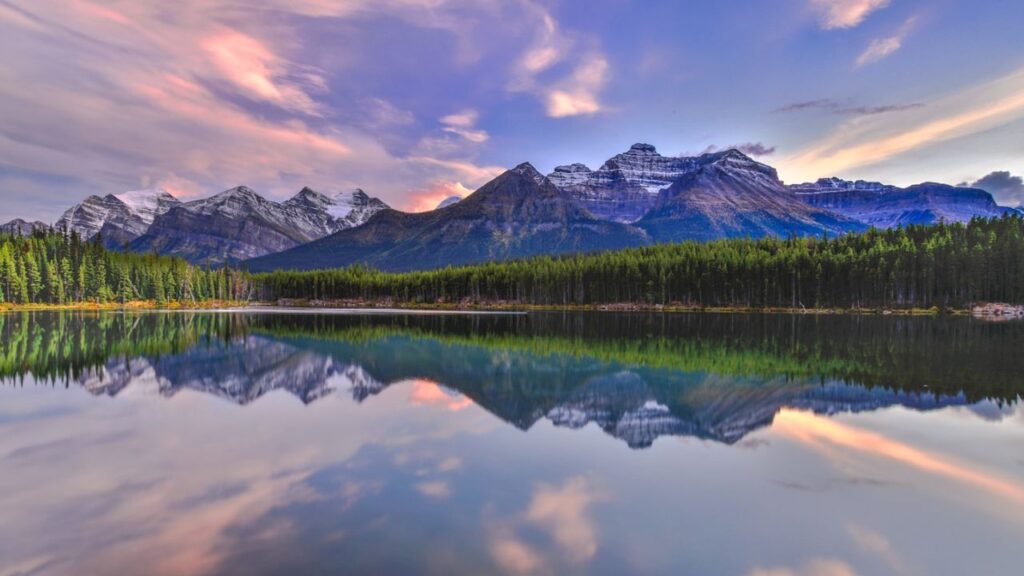
Summer in Canada means long days that stretch into glowing nights, where trails spill out onto rocky headlands and towns carry the scent of salt and smoke. You follow ferries to quiet harbors, climb ridges where wildflowers scatter, and linger in places that ask you to slow down. Some stops feel wild and ancient, others warm and familiar, but all of them hold the season at its best. These are the landscapes that remind you how generous summer can be.
Banff National Park, Alberta
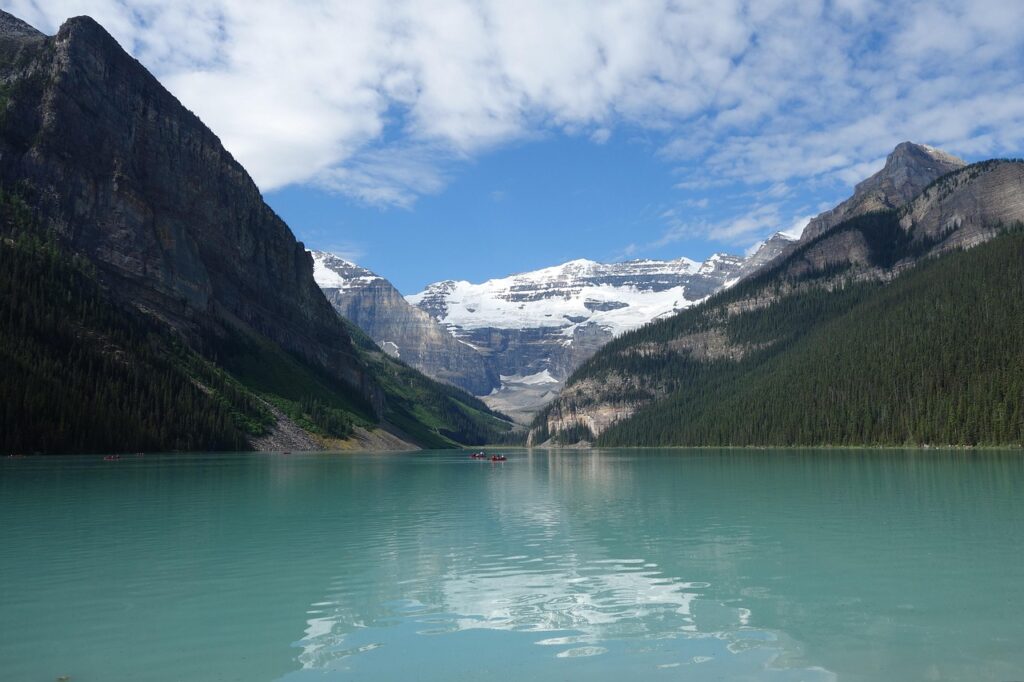
Banff feels like a place every traveler has imagined before arriving. Its turquoise lakes shine brightest in July when snowmelt feeds the valleys, and mountain passes finally open for hikers to wander. Wildlife grazes close to the tree line in early mornings, while townsfolk prepare patios for visitors who flood in by afternoon. You move between trails and boardwalks, gondolas and hidden creeks, but the rhythm always leads back to the Rockies towering sharp above.
Pacific Rim National Park Reserve, British Columbia
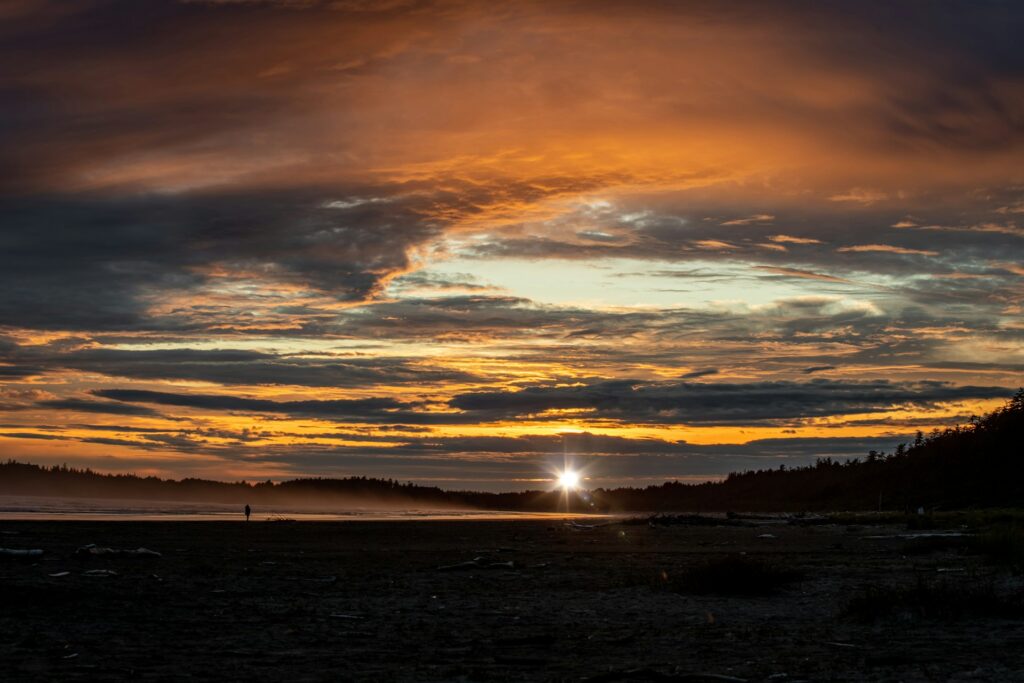
On Vancouver Island’s west coast, summer sharpens contrasts: the Pacific crashing in endless surf, and rainforest trails softened with moss underfoot. Long beaches stretch toward the horizon, drawing surfers, storm watchers, and families who come to chase tides. Boardwalks guide you through ancient cedar stands where the air is heavy with salt and earth. By dusk, campfires spark along the sand, and the waves become a soundtrack that settles into memory before you even leave.
Gros Morne National Park, Newfoundland and Labrador
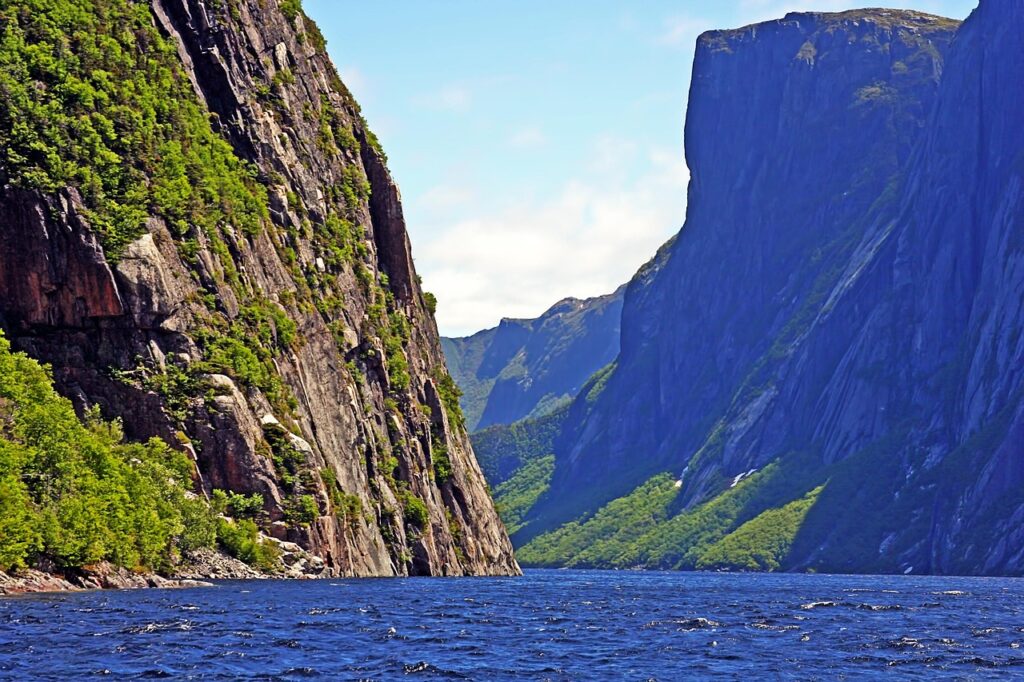
Gros Morne is where geology feels alive. Towering cliffs drop into fjords carved by ice, and waterfalls vanish into spray before they hit the lake. Western Brook Pond boat rides reveal sheer walls glowing in evening light, while trails climb to bald summits that stretch to the horizon. Summer lets you reach higher ridges, paddle calmer waters, and wander coastal paths where fishing villages sit quiet against the Atlantic’s restless push. Each view feels like a secret revealed.
Fundy National Park, New Brunswick
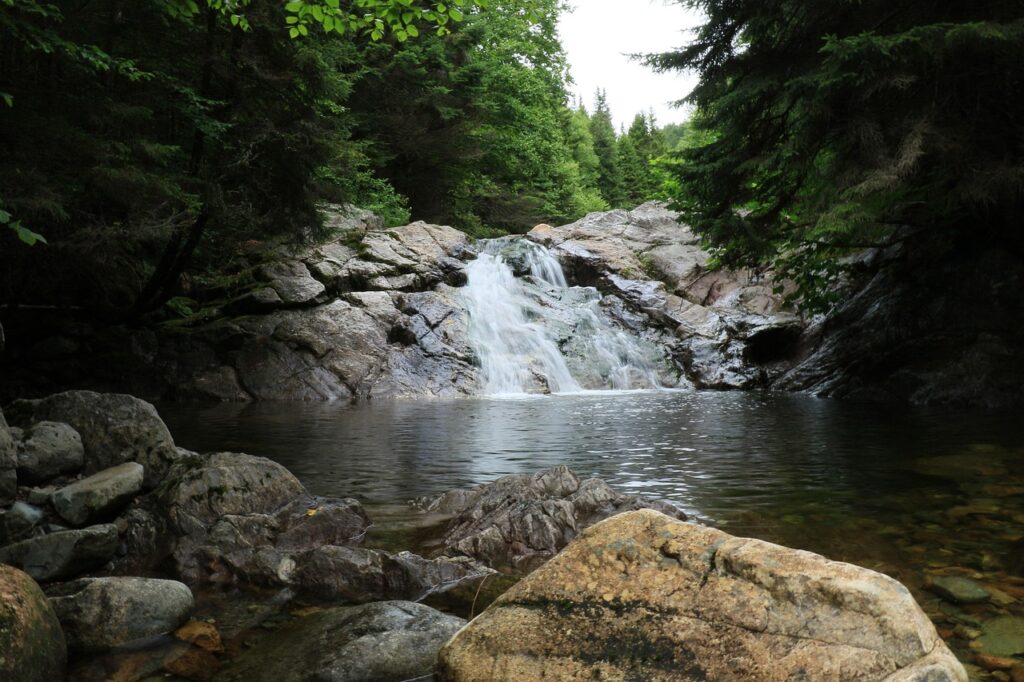
Fundy teaches you to watch the clock differently. The highest tides in the world transform the coast twice a day, laying out rippled beaches by morning and swallowing them whole by afternoon. Kayakers slide into narrow inlets that shift with every turn of the water, while hikers trace trails that open onto cliffs washed in fog. Town harbors empty into mud flats, boats leaning sideways like resting animals, only to lift again with the rush of returning sea.
Cape Breton Highlands National Park, Nova Scotia
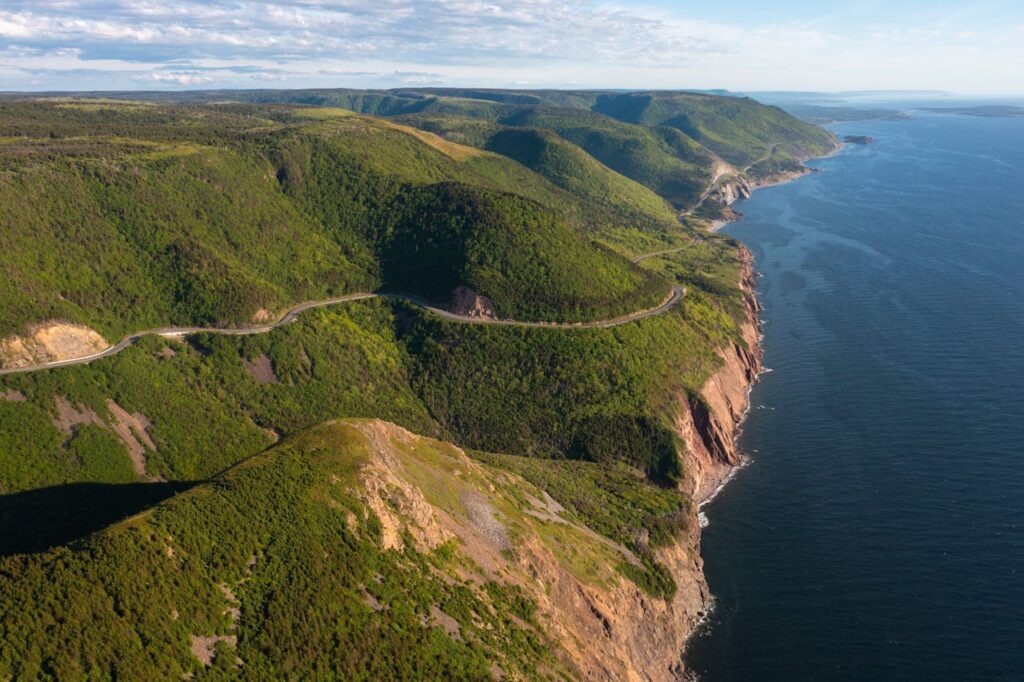
The Cabot Trail coils around Cape Breton like a ribbon of cliffs and forest, its views constantly shifting between ocean and highland. In summer the barrens bloom with wildflowers, and the sunsets stretch across water that feels endless. Moose linger in quiet valleys, while whales break offshore where the currents meet. Evenings bring music spilling from nearby halls, fiddle notes mixing with salt air. Driving or hiking here, you sense the island holding both beauty and grit in balance.
Prince Edward Island National Park, Prince Edward Island
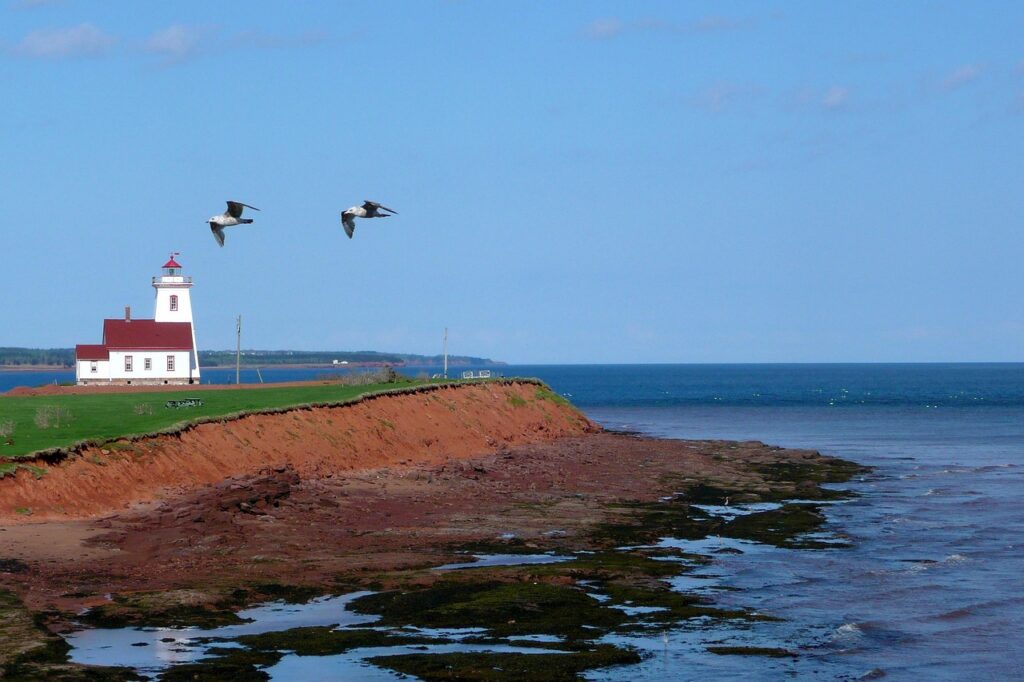
This shoreline feels made for summer’s pace. Red cliffs glow against green dunes, and beaches run warm with shallow water perfect for families. Cycling paths cut through seaside meadows, and foxes appear at dusk along the edges of the grass. The rhythm is slow and easy: mornings spent swimming, afternoons with sand still clinging to your skin, evenings ending with seafood and laughter in small towns. It’s simple, charming, and exactly what you hope summer might be.
Tofino, British Columbia
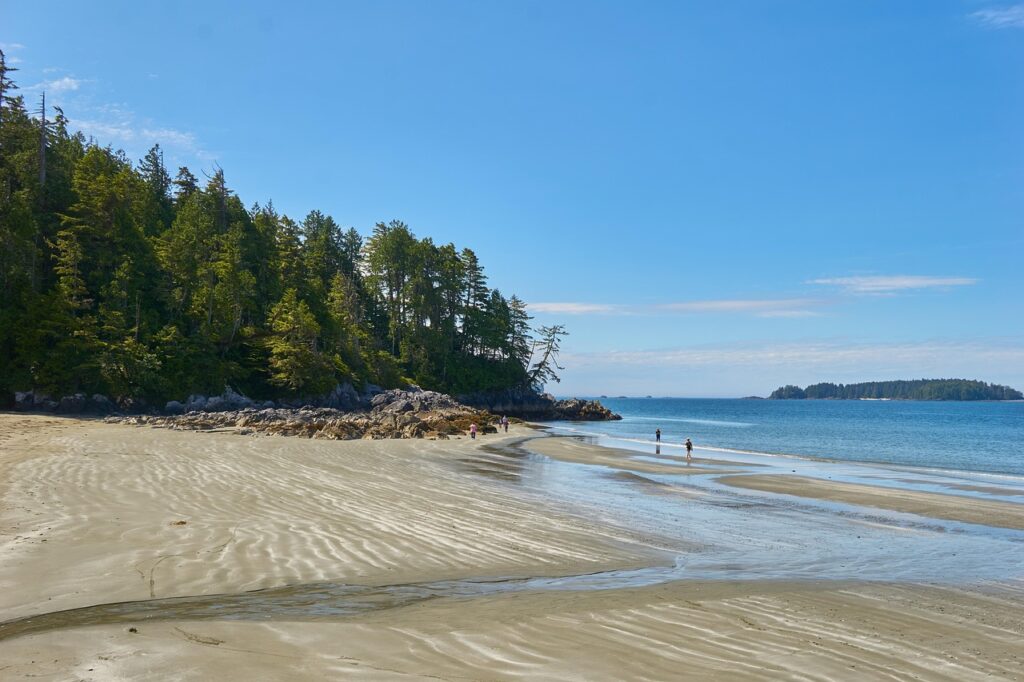
Tofino feels like the Pacific distilled. Surfers fill the breaks on Chesterman and Long Beach, while kayakers push quietly into misty inlets where bald eagles trace circles overhead. Summer mornings begin with the smell of salt and cedar, afternoons spill into trails that lead to hot springs or hidden coves. Evenings settle into fish tacos and campfires as the tide creeps back in. The town carries an energy that balances wild coastlines with a laid-back community rhythm.
Lunenburg, Nova Scotia
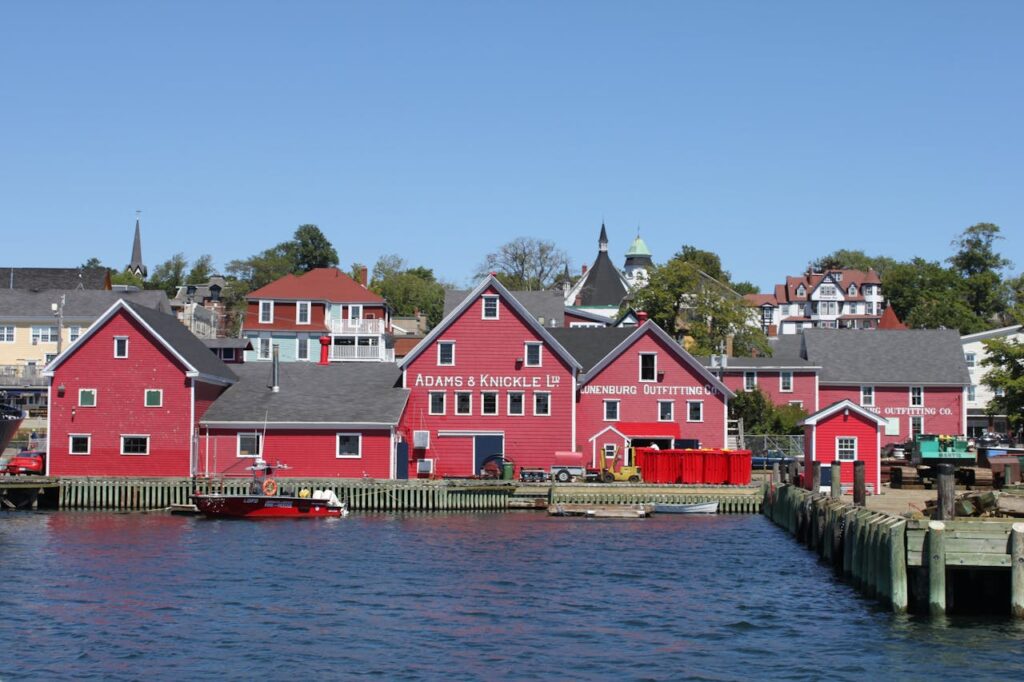
Lunenburg looks like a painting come to life. Colorful wooden houses slope toward a harbor still busy with fishing boats and schooners. The Bluenose II rests at its moorings, a reminder of maritime pride woven deep into local memory. Walking the streets, you see the old grid that shaped trade centuries ago, yet cafés and galleries keep the town lively today. Summer magnifies the colors, fills patios with chatter, and sets the waterfront glowing as the sun sinks low.
Tadoussac, Québec
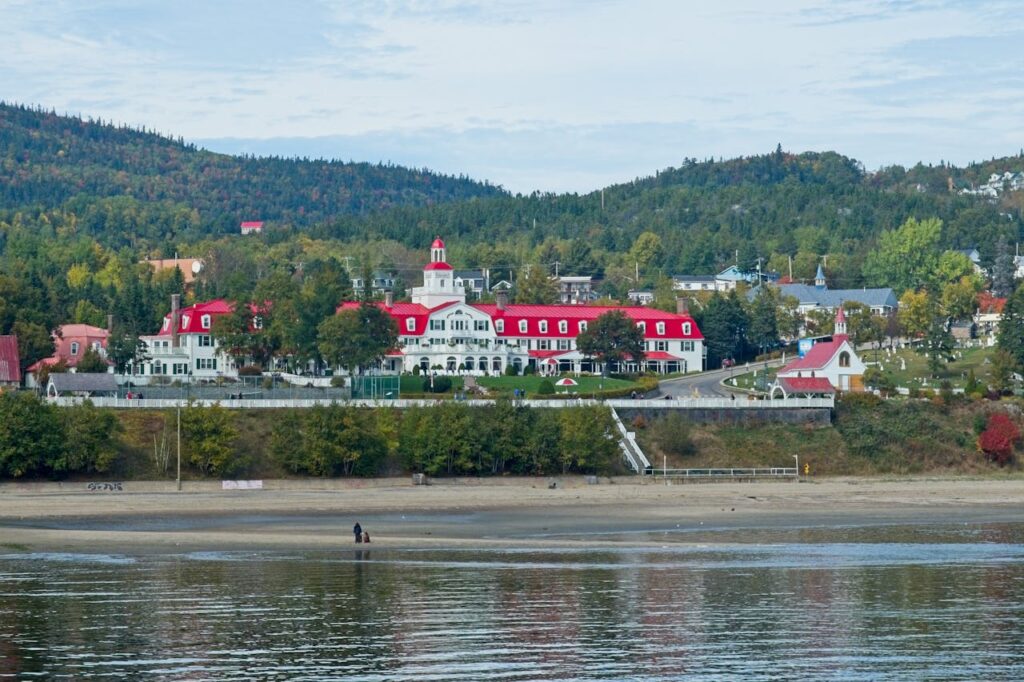
At Tadoussac, two rivers meet the sea, and everything living seems to gather in that confluence. Whales roll to the surface, their spouts rising against cliffs, while seabirds dive headlong into the currents. Boats head out daily, but sometimes the best views come from high lookouts where the Saguenay blends into the St. Lawrence. The town itself is small, but the encounters feel immense. Summer’s long evenings stretch the light, letting you watch the water until it fades to silver.
Saint Andrews by-the-Sea, New Brunswick
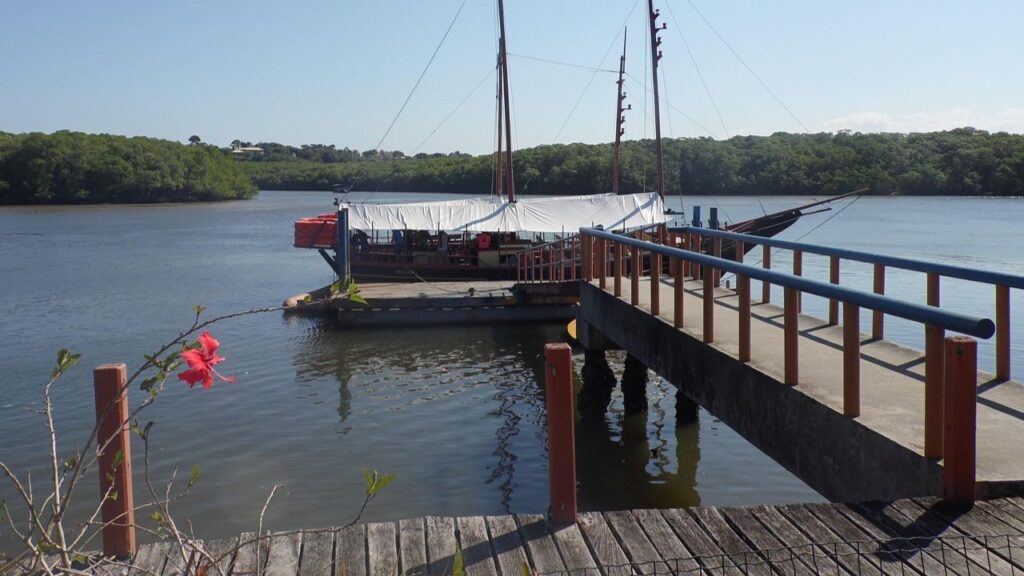
Saint Andrews has a pace that matches the tides. Historic Water Street lines up shops and galleries, while whale boats bob at the dock waiting for the current to turn. On certain days, you can drive across a gravel bar to Ministers Island, only to watch the sea take the road back a few hours later. Gardens, seaside trails, and a harbor that feels timeless make this a place to wander without hurry, savoring both history and salt air.
Churchill, Manitoba
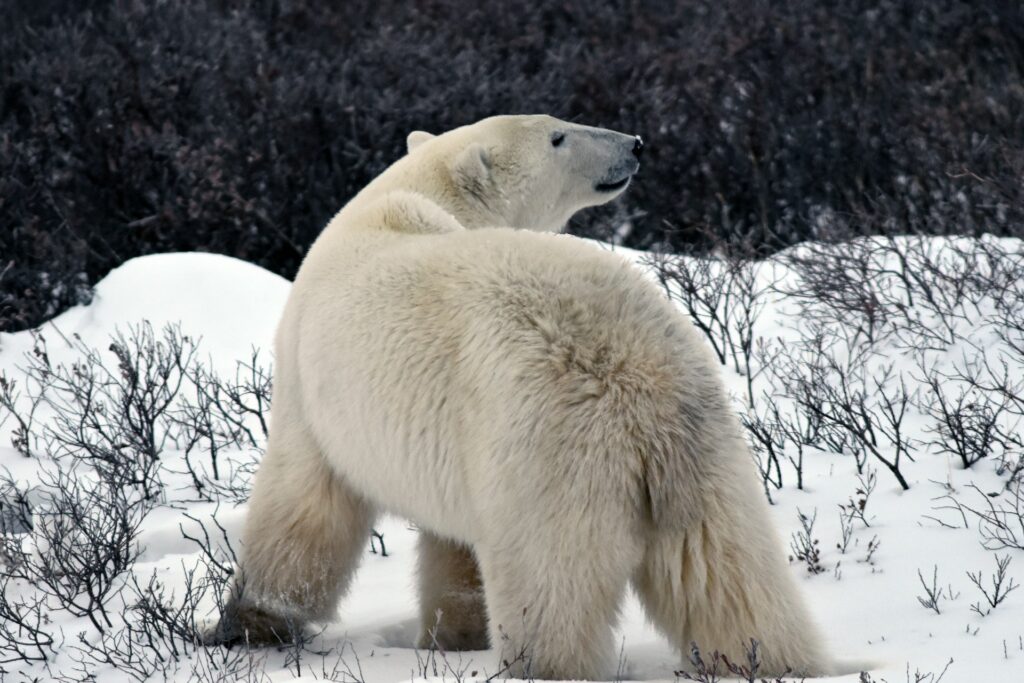
Summer transforms Churchill from a polar bear town to a whale sanctuary. Thousands of belugas gather where the Churchill River meets Hudson Bay, their white backs rolling in the water like bright stones. Kayakers paddle quietly among them, listening to the whales’ calls echo beneath the surface. Long daylight hours give the tundra a brief green flush, dotted with wildflowers. It’s a softer season here, but no less powerful, offering a glimpse of northern life when the land exhales.